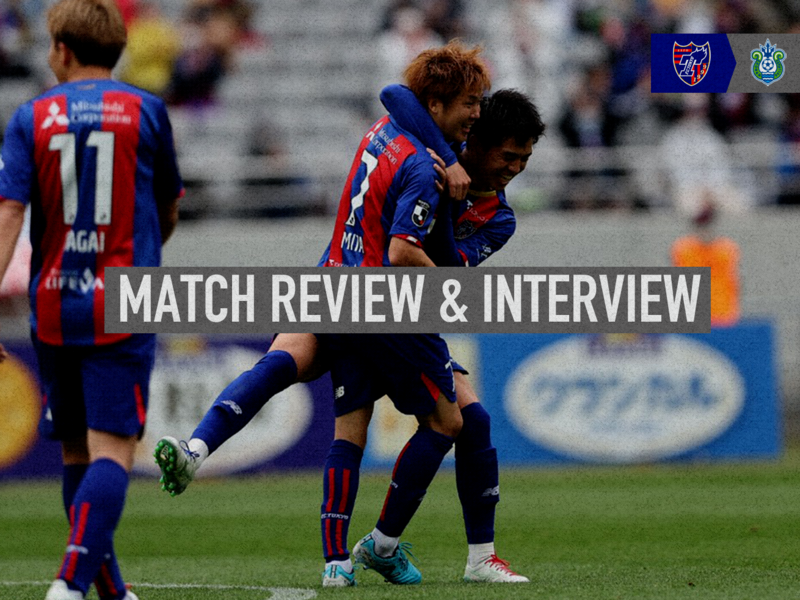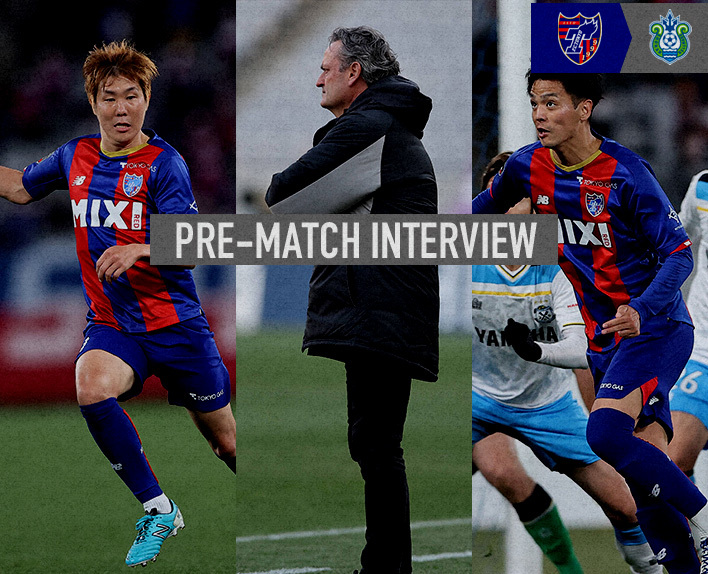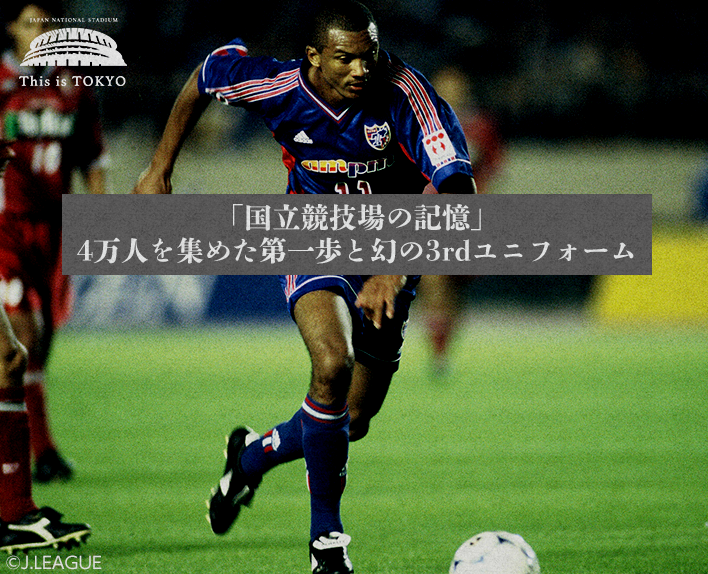<Match Review>
Two days after the Japan national team secured their spot in the World Cup held in Qatar, they played their third group stage match of the Levain Cup at their home stadium, Ajinomoto Stadium in Tokyo. They faced Shonan Bellmare, who were currently in first place in the group. As the third place team, Tokyo was determined to secure a victory in this crucial match in order to advance to the next stage of the tournament.
Due to a schedule with about a week gap before and after the league match, both players who have played in the league and players with short playing time were named in the starting lineup for this match. In the defense line, Junya SUZUKI was placed as the right back, and Ryoma WATANABE as the left back. Rei HIRAKAWA played as the anchor, with Shuto ABE and Keigo HIGASHI as the inside halves. In the front line, Keita YAMASHITA was placed in the center, Hirotaka MITA on the right side, and Kensuke NAGAI on the left side, forming a 3-top formation.
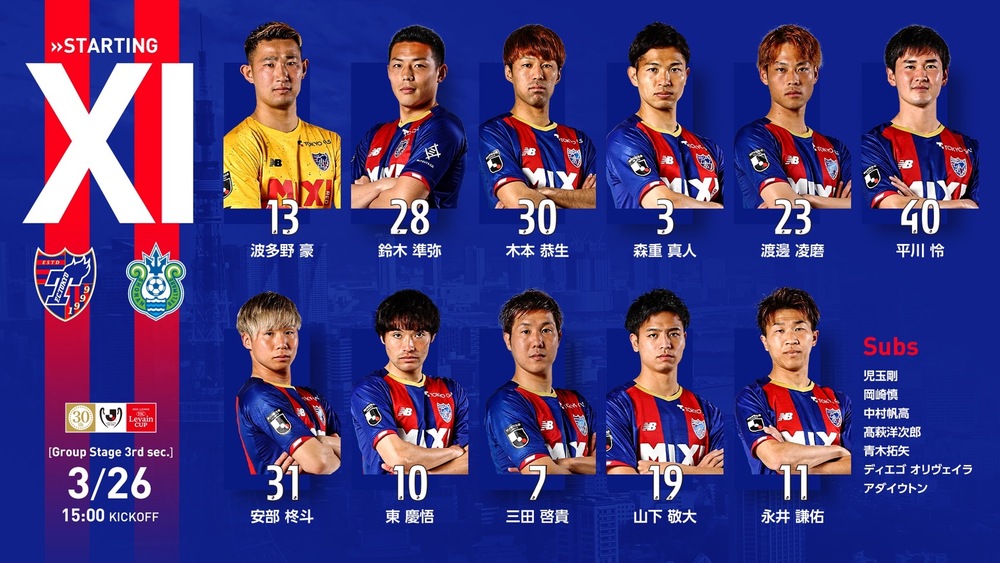
At the start, the match developed with Shonan slightly retreating in front of their sharp start, but as they gradually began to move the ball, they carefully pushed Shonan's players into the opponent's territory. In the 7th minute of the first half, there was a quick counterattack leading to a decisive chance. Player Mita broke free on the left side and took a shot in front of the goal, but the ball hit the opposing defender and was picked up by player Nagai, who sent a cross ball in a backward direction. Player Higashi, who entered the position in front of the goal, made a one-touch attempt, but the shot did not hit the target. In the 9th minute of the first half, player Nagai avoided a sliding tackle from the opposing defender and continued with speed towards the opponent's goal. He entered the penalty area and took a curling shot with his right foot from a position just left of the goal, but unfortunately, it veered to the right of the goal. After creating consecutive chances, Tokyo took control of the pace. Against Shonan, who had all players returning to solidify their defensive block, they first moved the ball wide to look for gaps in the opponent's formation.
In the 31st minute of the first half, Yamashita made a one-touch pass to the right side of the space with a wedge. Mita jumped out and sent a cross ball to the front of the goal, but Higashi's header shot was bounced off the crossbar. Tokyo, who continued to push, broke through the opponent's defense in the 39th minute of the first half. Morishige Masato made a vertical pass towards the front line near the half line. The opponent defender intercepted before Yamashita, but the ball that couldn't be cleared fell towards the Shonan goal, and Abe, who reacted quickly, picked it up and scored. Tokyo successfully took the lead by calmly deciding the 1-on-1 with the opponent goalkeeper. In the 41st minute of the first half, Mita also made a close loop shot, and controlled the pace of the game throughout the game.
Tokyo, who continues to hold the ball in the first half. The opponent also compactly forms their defense to eliminate space, but Tokyo creates chances by threading through the gaps. In the 15th minute of the second half, Mita player passes a vertical pass from the final line to Abe player with one touch. While losing balance, Abe player leaves the ball and Mita player picks it up and gains speed as he runs forward towards the goal. With the momentum, he swings his left foot and the ball deflects off the opponent defender who was blocking, changing its direction and catching the goalkeeper off guard, allowing Tokyo to score an additional point.
After taking the lead, they continuously make substitution cards and send fresh players onto the pitch. They try to maintain their pace with Diego OLIVEIRA as the main player in the front line, but they face a counterattack from Shonan towards the end. In the 32nd minute of the second half, they are broken through on the right side and a cross ball is sent into the goal area, resulting in a goal being scored with one touch. Tokyo, who wants to regain control, enters the opponent's territory in the 34th minute of the second half and Diego TABA passes to the left side after drawing the defender. Adailton, who receives the pass in a free position, takes a shot but it narrowly misses above the goal.
In the final stages of the match, the game opened up and there were scenes where Shonan were pushed back instead of attacking on the counter. However, the team as a whole maintained their intensity and speed in challenges and slides, limiting Shonan's comeback to just one goal. This secured their first victory of the season in the Levain Cup and ended their March official matches with 4 wins, 1 draw, and 1 loss in 6 games.
[Albert PUIG ORTONEDA Interview]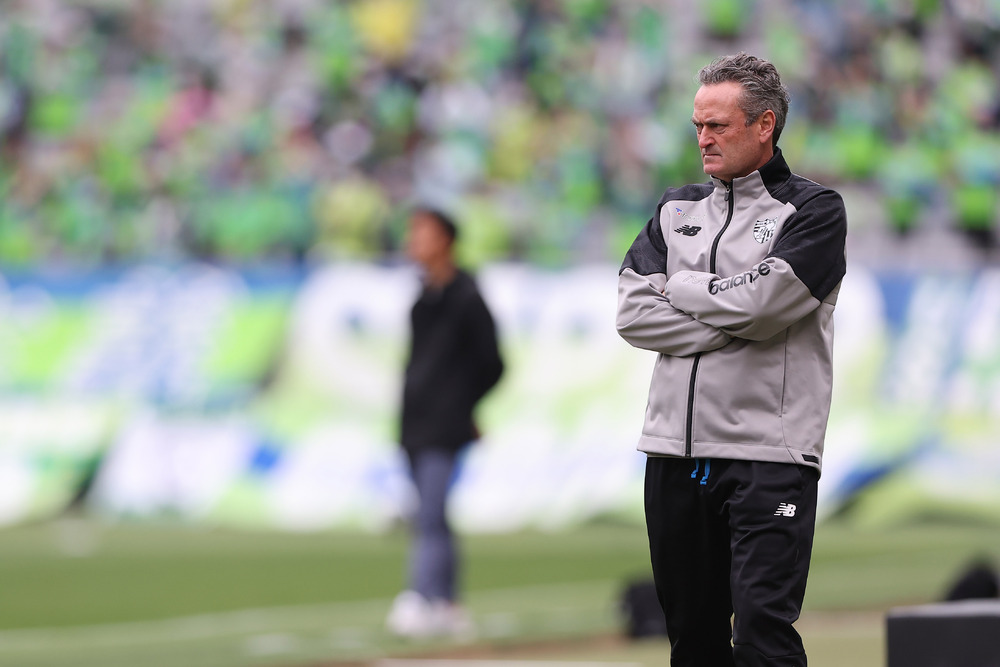
Q: please review the game.
A, looking back at today's match as a whole, I think it was an unstable game. We have been consistently training well, but it is not easy to apply that in actual official matches. There were times when we were able to play as we expected. However, the current situation is that there were also times when we couldn't play well consistently.
The Levain Cup is, of course, seen as an opportunity to give young players a chance and promote their growth, but at the same time, I hope we can make good use of it for the team's further development. Indeed, I believe the team was able to grow through today's match. As a coach, I will focus on the positive aspects as well as the areas for improvement to ensure we connect well to the next match.
Q, in the first half, the ball didn't seem to go to Hirakawa, was it because of the good positioning of the Shonan players, or was it because of Hirakawa's positioning that he couldn't get the ball out? What are your thoughts?
Both of the two things you just said had an impact. Of course, it is not easy for young players to play well in official matches right from the start. There may have been some nerves when he started in the starting lineup for the first time today. In that sense, young players like him need to grow based on these experiences. Throughout the game, I think he was able to play better as time went on. (Rei HIRAKAWA) It was not just Rei, but the whole team that was the cause, and the fact that the pace of play in the first half was slow. That remains a challenge for the entire team. The pace of play is one of the most important concepts for our playing style. In order to continue expressing that for 90 minutes, we need to continue to grow and improve over time.
Q, please tell us the reason for using Hikaru MITA and Takahagi as right wingers.
A, as a coach, the thing to do is to bring out the individuality of each player. For example, Kensuke NAGAI is a winger player who is easy to understand in our play style. He contributes well to the wide attack and is a speedy player who can exploit the space behind. On the other hand, Hikaru MITA's characteristics are different from Kensuke NAGAI. Mita will initially take the width, but then he will come inside and make good plays in the gap, which I think is his characteristic.
In that sense, I was aiming for Mita to come inside and contribute to creating a numerical advantage in the midfield. In the match against Kawasaki Frontale, I also asked Leandro, who was deployed as a right winger, to make the same play.
Even if used in the same position, what is important is to bring out the player's individuality. Therefore, even in the same position, different roles may be required. Yojiro TAKAHAGI is the same. He was placed on the wing to target plays that come inside.
Q: Abesu player is involved in many chances. How do you think about his strong points?
First of all, Thales has made a significant contribution to the team with his defensive play and quick pressing. We also expect him to further improve his level in the attacking aspect of our playing style, playing with the ball at his feet. We hope that he can grow into a player who can contribute greatly both in defense, like a hybrid car, and in attack.
[Player Interview]
<Shuto ABE>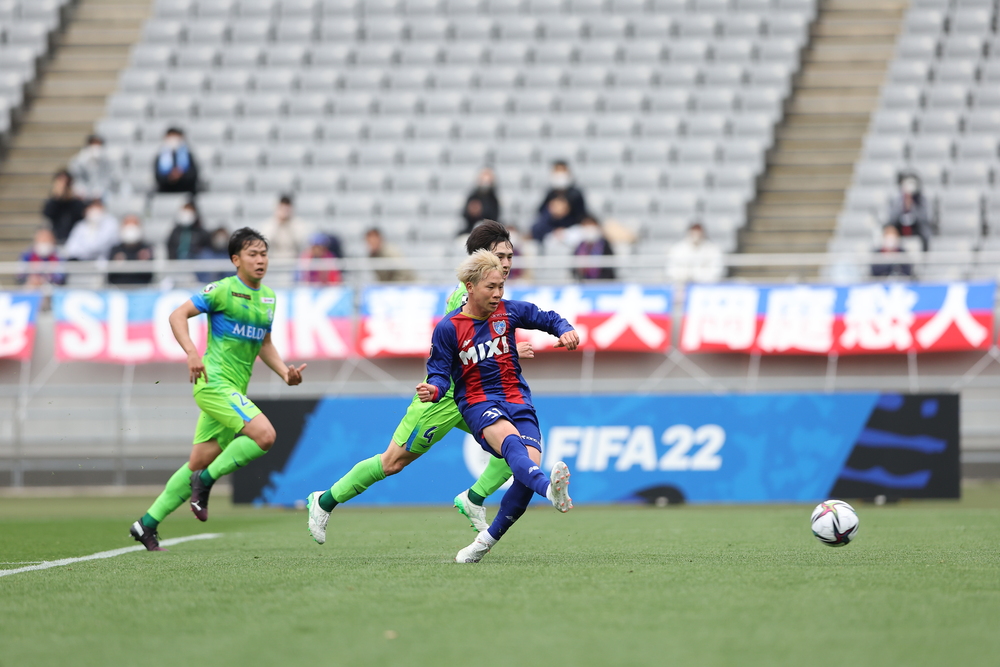
Q, please look back on the goal scene.
While running in the back, I wanted the ball and there were also mistakes from the opponent, but the ball came loose in a good position and I was able to control it well with a good first touch, so I looked at the goalkeeper carefully and calmly slotted it into the goal.
Q: Normally, you play a role as an inside half and your play style is known for its intense movement in a box-to-box manner. Is it a different style of play to go forward and score goals like today?
A, I also want to score goals, so I aim for it every game. Today, I was able to score a goal with a good ball.
Q, what is necessary to consistently score goals?
A, I think that escaping to the back like today will become an opportunity, and I think that it will be difficult for the opponent to defend against jumping out from the second row, so I want to continue jumping out actively in the future.
Q: How was the feeling of closeness with player Mita today, considering the team members?
A, in the first half, I couldn't pass the ball well and made many mistakes myself, but in the second half, I adjusted by dropping back in position and Mita player opened up.
If we could improve during the first half, I think it would have led to a better development, and we could have moved the ball around more easily.
Q: Regarding the breakthrough towards the back, Shonan had a 5-back defense, but I believe the opponent players were blocking your path. Did you come up with any strategies to get past them?
A, if Mita falls, I thought the opponent's full-back would bite, so I thought the space behind would be empty. I think it's better to take action by looking at my teammates and create space, so I want to keep that in mind and play.
Q, do you feel a sense of growth in terms of speed and timing to break through the defense?
A, last season it was difficult to move forward with a double pivot, but this year, like two years ago, I play as an inside half more often, so I think scenes like today will increase and I want to continue doing what I am good at, which is being able to readjust my movements.
Q: I think Coach Albert Pobor mentioned during halftime to be conscious of the pace of play. Were there any specific points you were conscious of in the second half?
A, in the first half, there were many instances where we touched the ball multiple times before passing, which slowed down the pace of the game. We received advice from the coach. In the second half, we were conscious of quickly passing the ball to players who were facing forward.
Q, what were you conscious of in terms of combination with your surroundings?
Player A, Hirakawa, has good footwork and is able to make plays, so I left it to him to play in our own half and tried not to get involved as much as possible.
<Hirotaka MITA>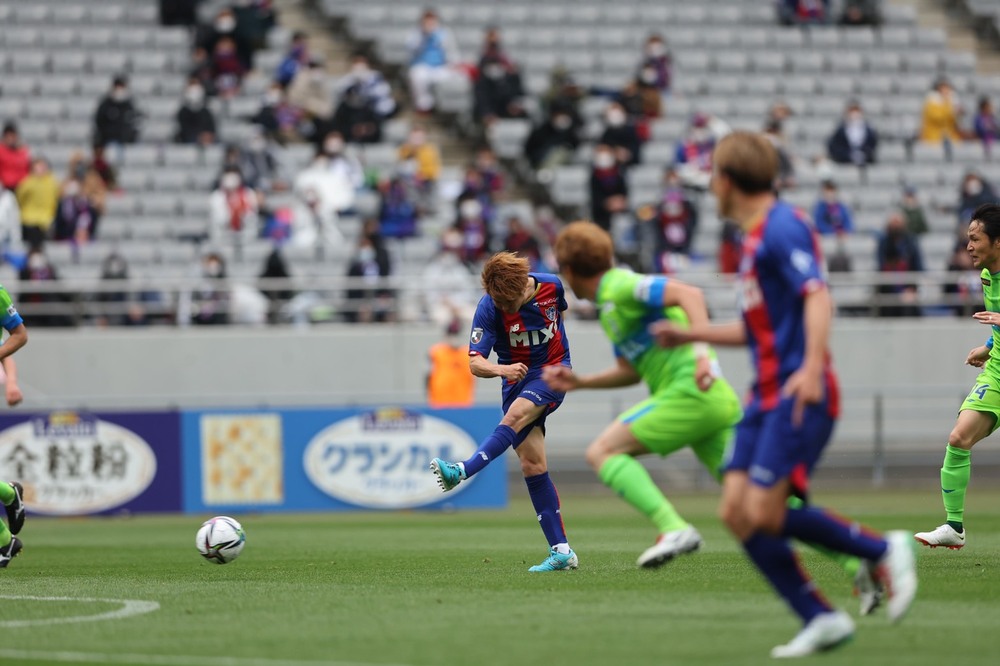
Q, including the goal scene, during the interview the day before yesterday, you mentioned that you wanted to be involved with the ball and aim for the goal. Please reflect on the results of that.
I entered the position of the wing, and although the coach told me to play freely, I always tried to play with the team's overall awareness.
Q: Did you feel any sense of accomplishment in playing as a winger?
A, there were mistakes made by the entire team, but I think there were both parts that were successful and parts that were not.
Q, there were many times when things didn't go well outside of scoring, and it felt like we were trying various things.
A, today we were pushed back a little towards the end and the opponent took control of the game and scored. We couldn't finish the game by keeping possession of the ball like in the Kyoto match, so I think that's something we need to reflect on.
Q: I played as a winger, and the coach mentioned that he expected me to play in the midfield. Did you feel confident about that?
A, at first I was aware of it, but in the flow of the game, Abe player was often in the attacking midfield position, so I tried to play on the side where Abe player doesn't overlap and find my own position in the middle.
Q: Please let us know if there is any chemistry between Junya Suzuki, who played as a side back behind Mita, and Abe, who played in the midfield.
A, I am aware of using forward-looking players, and there have been several parts that did not fit, but on the contrary, there are scenes where it becomes an opportunity because such parts are working well together, so I think it is necessary to communicate even among individuals.
Q, I think the goal scene was an intentional moment, please reflect on it.
A, I was able to accelerate by putting my body ahead of the opponent after receiving the dropped ball, and that was exactly what I aimed for. The shot just happened to go in. After the shot, I couldn't see until the ball rolled and the goal went in.
Q, I think we can gain even more momentum by scoring.
A, I think I'm starting from the bottom, so I think I have to leave my mark in the games I play. I like the current team style and I want to survive, so I want to play each game carefully and contribute to Tokyo.
<Rei HIRAKAWA>
Q, how was the reflection of the 90 minutes?
A, it was a long period of unsettled time. There were also parts where we were able to take the initiative and attack, so we want to continue the good parts.
Q, what did you focus on during the game?
Since it was a playing appearance as an anchor, I entered the game with the awareness that it is important to participate in the attack while considering the standing position and to distribute the ball from myself to create the rhythm of the attack. I think I was able to take a position to support my teammates, so I want to continue doing it in future training and games.
Q, I think there were also situations where we were able to win the ball and aim for interceptions in defense.
A, I think I could have done better. I also think that in today's game, there were fewer opportunities to win the ball in duels and interceptions.
Q, I think there were fewer passes with fewer touches as the game progressed.
A, I couldn't make good plays in terms of the course of the game and my own attacks, so I consciously played by simply passing the ball to my teammates.
Q: What kind of preparations do you want to make for the next game?
A, I also want to appeal from training because there is competition within the team.
<Keigo HIGASHI>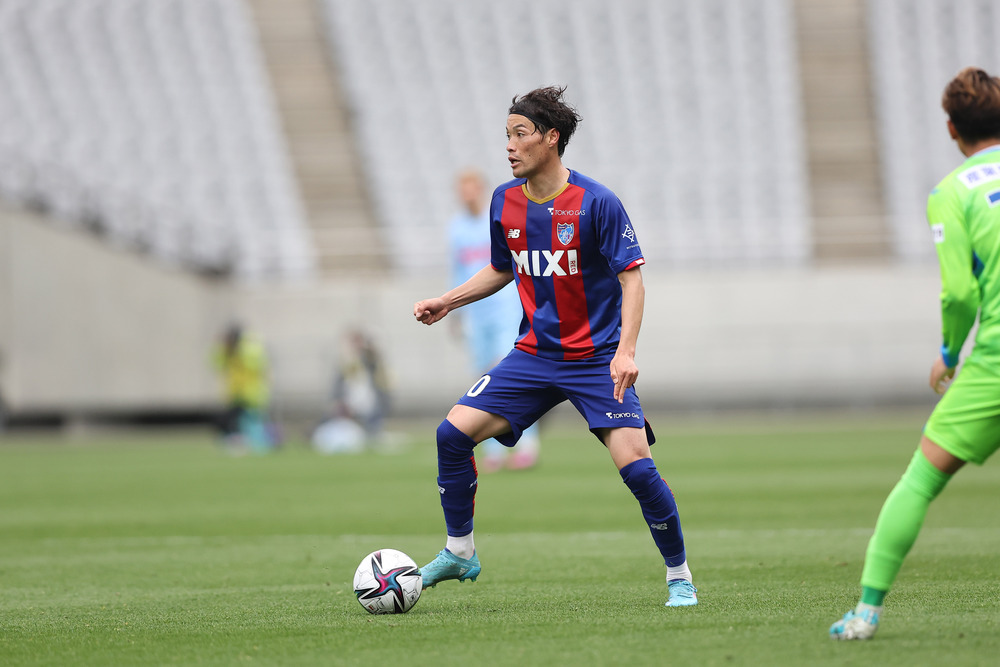
Q, looking back on the game, how do you feel about being able to connect your chances to goals?
A, we scored a goal from the opponent's mistake and that created a good momentum. I think it was good that we were able to score with few chances, but I believe it was a mix of things we were able to do and things we were not able to do.
Q, I felt it was difficult to break through the opponent's defensive block.
A, there were not many scenes to break down in the first half. At halftime, the coach told us to use one-touch and two-touch to increase the tempo. We were able to enter the second half with a team consciousness, but everyone's playing speed needs to increase more, and I want to work on it consciously from practice.
Q: What are the factors that contribute to the development of the attacking rhythm?
A, I think it was good that we were able to move the ball quickly, as the intensity of the opponent's press decreased. Increasing the tempo can also lead to mistakes, but we want to continue challenging in order for the team to grow.
Q, it is a big deal to be able to take 3 points against the team leading the group.
In the first match of the Levain Cup, we lost, and in the second match, we drew, so we didn't get many points. But finally, we were able to win today, which is great. I think it's becoming a close competition, so I want to do my best to advance to the group stage.
Q, the next game will be a series of league matches. How will you prepare?
A, we would like to aim for a fourth consecutive victory in the match against Yokohama next week, and work together to increase the intensity from practice.

